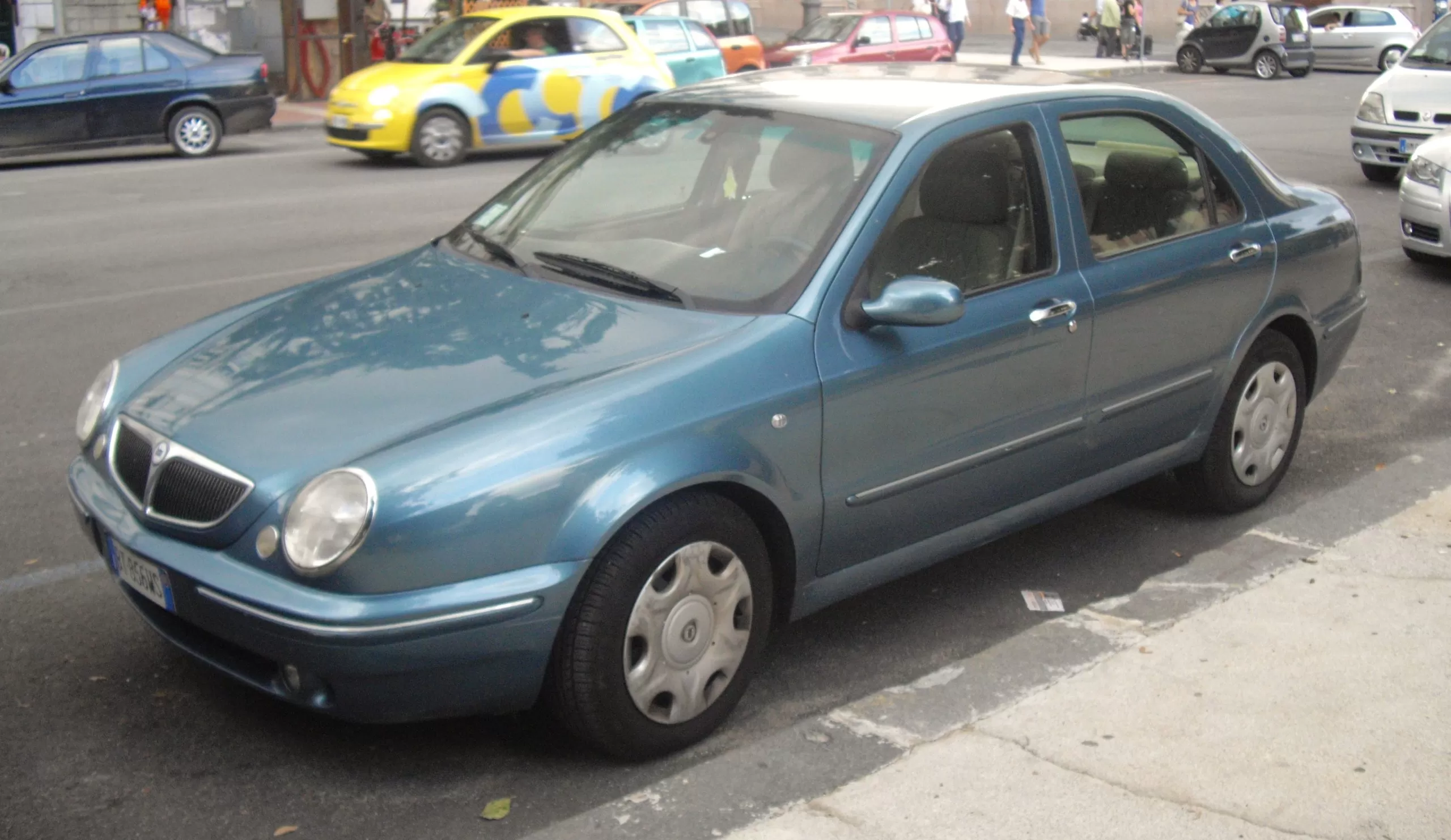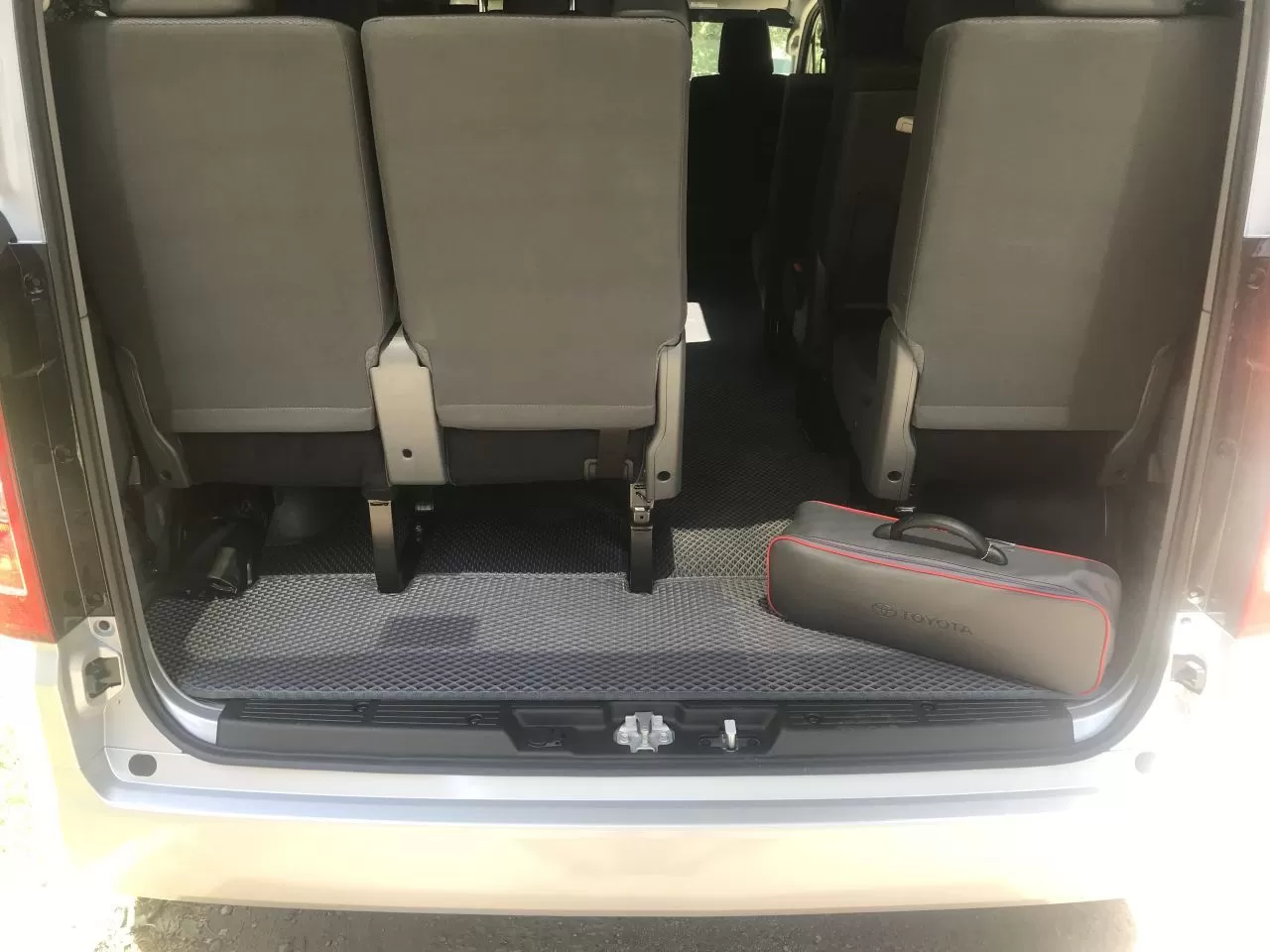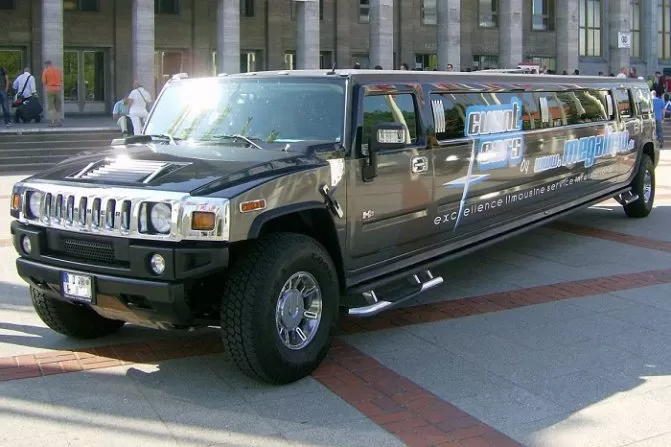
Lancia Lybra - beautiful Italian
The fate of Lancia today is unenviable - Fiat reduces the noble brand to the role of a manufacturer of American clones. The memory of huge racing and rally successes and amazing cars such as Stratos, Aurelia or 037 will remain among car enthusiasts for a long time, but it does not make sense to count on this type of vehicles in the near future. One of the representatives of the interesting Lancia group, in which we do not find American solutions, is the Lybra, a premium car based on the Alfa Romeo 156 platform. This is not a classic like the Stratos, but a very interesting and relatively cheap family limousine.
Ten years ago, the Lancia Lybra hit the road with glamor, a far more interesting car than the popular Volkswagen Passat B5. Fiat tried to position Lancia as a premium brand by producing expensive and luxurious cars, so Lybra's price list started at almost 80 10 PLN. However, a characteristic feature of Italian brands is the rapid drop in value - the Italian presented today can be bought cheaper than Japanese and German competitors a decade ago. A decade later, Lybra is worth just over % of the starting price. The relatively low purchase price is dictated by the opinion of some drivers about the high failure rate of Italian cars, especially those belonging to the Fiat group.
Stylistically, Lybra has completely departed from its predecessor (Dedra). Instead of an angular body, Italian stylists opted for rounded body shapes. Lancia featured rounded headlights reminiscent of those used in Thesis (2001-2009). Interestingly, in the first projects, Lybra had standard lamps, very similar to the Kappa model. A stylistic curiosity is also the fact that the station wagon (SW) could be combined with a black roof.
A body length of less than 4,5 meters provides satisfactory interior space, although those wishing to purchase a roomy station wagon will be disappointed - although the SW model is more practical than the competition in this segment.
The base model, which cost about 75 thousand. The PLN had an unsuitable 1.6 hp 103 engine for this class, which also powered much cheaper Fiat models - Siena, Bravo, Brava, Mara. Much better choices were the more powerful 1.8 (130 hp), 2.0 (150 hp) and diesel engines - 1.9 JTD (from 105 to 115 hp) and 2.4 JTD (136-150 hp). ). Since Lybra was quite popular in the governments of different countries, Lancia prepared an armored Protecta model with a reinforced 2.4 JTD engine with 175 hp.
Looking at the Lybra engine options, one cannot conclude that Fiat wanted to emphasize the luxury character of the brand - it lacked really powerful gasoline units, and diesel engines play a big role in the offer, associating with stable driving and covering hundreds of kilometers every day. Low noise level, comfortable suspension and a well-thought-out interior are conducive to long trips. Every Lybra, even in Poland, was well equipped with 4 airbags, ABS, automatic air conditioning, power windows and heated mirrors. The car was sold in many modifications, incl. LX, LS, Business and Emblem. They differed, in addition to the range of accessories, also in the trim of the dashboard and upholstery, which was available in 10 colors.
Richer versions of the equipment had a good audio system, navigation, multifunction steering wheel and rain sensor. Since Lybra was not a success in Poland, many of the examples available on the secondary market are imported cars, so we are not in danger of finding a poorly equipped car (6 pillows were standard in Western Europe). The rich equipment went hand in hand with the high quality of the materials used, so even today ten-year-old specimens can look impressive.
The base 1.6 engine will take the nearly 1300kg Lybra to 100km/h in 11,5 seconds, finishing at 185km/h. Version 1.8 will need one second less to accelerate to 100 km / h, and the maximum speed declared by the manufacturer is 201 km / h. The 100-litre petrol engine accelerates from 9,6 to 9,9 km/h in less than ten seconds (1.9 – 1.8 seconds), just like the most powerful diesel. Lybra XNUMX JTD is characterized by performance at the level of gasoline XNUMX.
The petrol-powered Lybra will not be an economical car - the manufacturer's stated minimum average fuel consumption is between 8,2 liters (1.6) and 10 liters (2.0). In the city, cars can drink 12-14 liters. The situation is somewhat saved by fuel consumption on the highway, i.e. in vivo Lancia - from 6,5 to 7,5 liters. Diesels are much more economical, which on average need 6 - 6,5 liters for a hundred kilometers, and even 5 - 5,5 liters of diesel fuel on the road. Urban combustion is also not terrible - 8-9 liters is an acceptable result.
Over seven years of production (1999 - 2006), Lancia produced more than 181 copies, which certainly does not make the Lybra a bestseller. However, it is difficult to expect Lancia to become the brand with the best-selling cars. Fiat plays this role in the Turin concern and, admittedly, it does it well.
Lybra received a new life thanks to the Chinese (Zotye Holding Group), who bought a license for this model in 2008. Car success in China? It is not known, but it is interesting how things stand with the quality of workmanship, and especially with the materials used in the cabin, because one of the biggest advantages of this model was the functional and well-made dashboard, seats and impeccable assembly.
Photo. Lyancha

